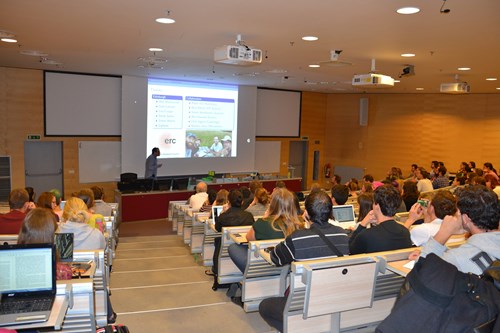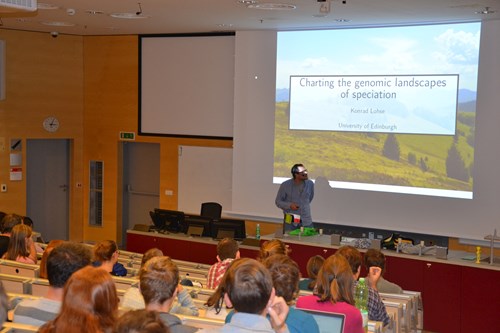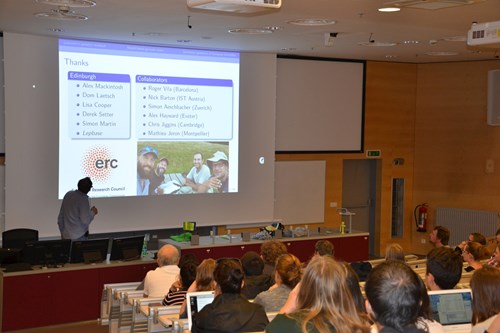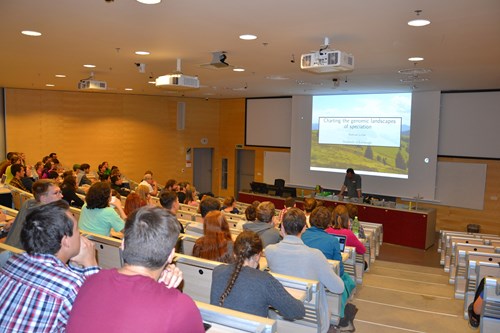Konrad Lohse, Ph.D.
Institute of Evolutionary Biology, Edinburgh University
- We are interested in understanding how recent, population-level processes have shaped sequence variation in genomes. Our research combines the development of statistical methods for estimating population history from genomic data with empirical work on speciation and community evolution in a variety of (mainly) Insect systems including, desert flies, high alpine beetles parasitoid wasps and butterflies.
- Laboratory webpage: http://lohse.bio.ed.ac.uk/research
- If you are interested in joining the Lohse lab as a Ph.D. student, please get in touch: konrad.lohse@ed.ac.uk




